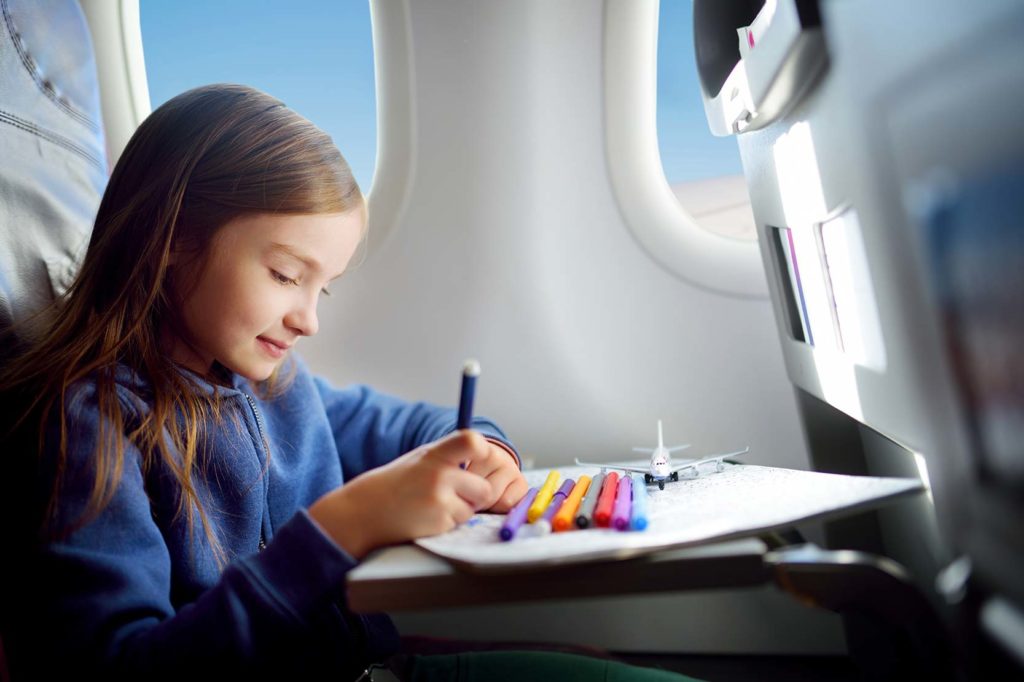Before deciding to go on a trip with your child, it is important you speak to their health care professional. They may not want your child to travel too far away because of the risk of infection, clots or anything that could happen to the fixation device.
If your child’s doctor says it is okay for your child to travel, ask for a letter from your orthopedic surgeon to pass through security at the airport with the fixator in place and/or medicines related to the surgery.
If flying with an orthopedic fixation device, your child should:
– avoid any salty food and avoid alcohol;
– drink water often;
– use a pillow to help support their limb;
– ask the hostess/steward on board for ice in case the limb starts swelling during the flight;
– show the fixator off – it will make people more aware of his/her needs regarding extra space;
– make sure to have adequate medical supplies such as dressings, pain relief, etc.
– when at the airport, get help with wheelchairs, going and coming from the planes. Be patient and allow yourself plenty of time, as the wheelchair person may be late or the gate may be far away;
– if needed, the carrier could decide to have medical staff on board.
If travelling by car, your child should:
– sit in the front with the seat pushed back, or in the back seat with the legs across the seat;
– use a pillow to make the journey more comfortable.
If travelling by bus or by train, your child should:
– choose the aisle seat – it will be most comfortable as he/she should be able to stretch the limb out.
In all cases, elevate the limb during the journey as much as possible and take regular stops to walk around.
 Share on facebook
Share on facebook
 Share on twitter
Share on twitter
 Share on linkedin
Share on linkedin
 Share on email
Share on email

